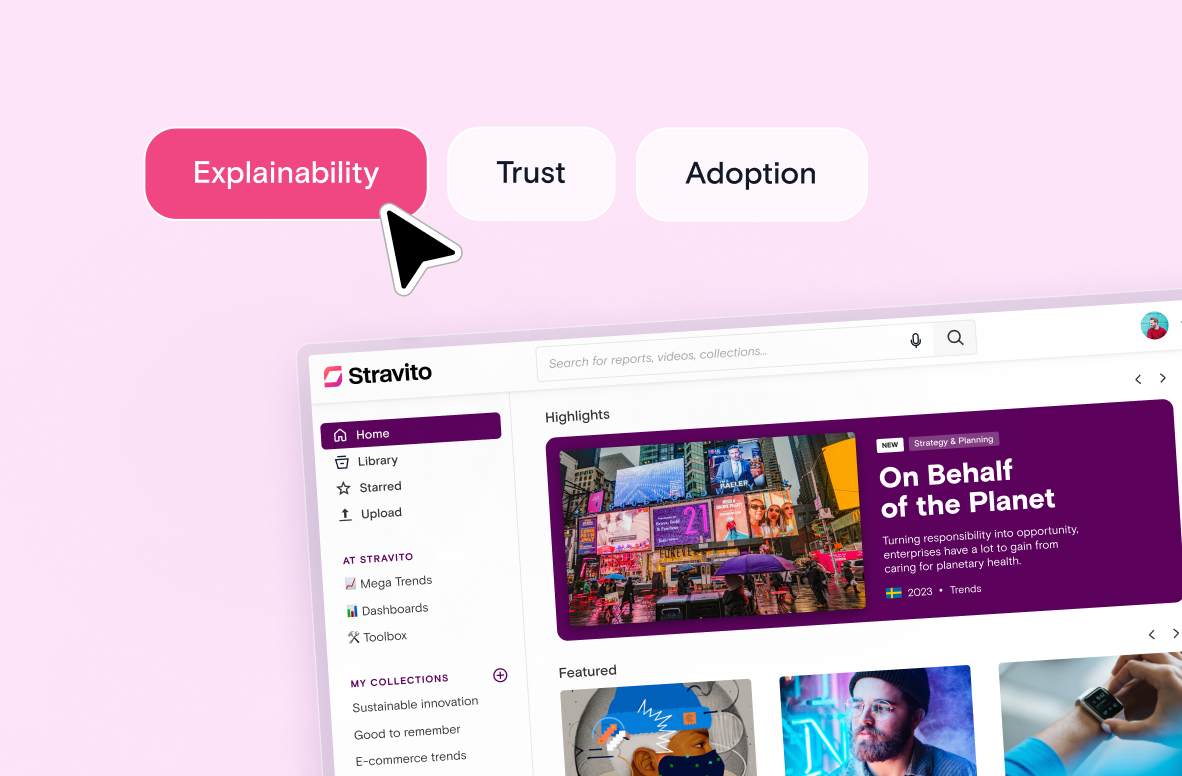As the CEO and co-founder of an enterprise insights management platform, I spend a lot of my time thinking about how to make insights management more effective and human-centric.
But before enterprises can manage their insights, they have to conduct the research to generate them first. And we’ve come to find that for many companies, this process of research management still has a lot of room for improvement.
That’s why in this article, I’ll be sharing 4 ways to improve how your team manages research projects.
#1: Streamline processes with automation
While research projects are complex, they still involve a lot of routine, repetitive tasks that software can actually do. Far too much of the research management process is often still done manually, creating inefficiencies and taking up time that could be better allocated.
For example, all research-related documents that can be templated should. Otherwise, teams from across the organization might be wasting time reinventing the wheel when they formulate briefs, RFP documents, or other study materials. And on top of time wasted, this can also lead to inconsistencies across research projects.
Without the right technological support, centralizing all of the elements of your research program, let alone within an individual project, is nearly a full-time job in and of itself. But it’s an essential task; otherwise, key details risk falling through the cracks, incurring delays and subsequent extra costs.
#2: Increase transparency
If centralizing or sharing information related to a research project is too difficult or time-consuming, then it’s naturally going to be challenging to understand what’s going on and what isn’t.
That’s why increasing transparency can be so powerful for improving your research management processes.
You might increase transparency by creating one single view of the budget, generating a shared list of vendors, or rethink the ways that you share experiences across teams and departments, among other things.
For example, with a single view on budget status, it’s easier to manage resources and stay agile with short-term planning. And maintaining a single list of vendors can help local or regional teams to better make use of general agreements with research agencies on a global level.
Taking these measures can help to reduce inefficiencies, redundancies, and cut down on excess costs.
#3: Make reports easily accessible
Lastly, in order to ensure a high return on your research investment, it’s crucial that the insights gleaned from this research are integrated into organizational decision-making.
If research is difficult to find, you risk research becoming outdated because it takes too long to go from idea to action, research being duplicated, and in the worst case scenario, research not being integrated into decisions at all.
In all cases, it means that research spend does not yield a high return on investment.
One way to help to combat this challenge is to ensure that your organization has a centralized repository where everyone can quickly access insights when they need to find them.
But it’s also a matter of ensuring that all relevant stakeholders are notified when new research has been published. Knowledge sharing on the organizational level is complex, and requires a thoughtful, multifaceted approach.
#4: Measure impact
While paying attention to outcomes like successful campaigns and products is a great way to track the indirect impact of your research projects, it's also a good idea to invest in a system that allows you to measure the reach of a specific report.
For example, you might want to look at how many colleagues viewed a certain report, how many times colleagues viewed a report, or which colleagues viewed a report.
This can help you to evaluate how effective your knowledge sharing methods are, as well as how relevant research is to stakeholders. It can also help you to assess how impactful certain ways of packaging information are. Perhaps stakeholders would prefer more condensed versions of final reports or feel that the recommendations for action could be more clear.
Regardless of how you choose to refine that way you share and communicate insights, you cannot improve impact if you don't measure it.
Effective research management is more than just tech
Improving the efficiency of your research management is an ongoing process, but there are quick wins you can take advantage of.
And of course, the solution is never just tech. Long-lasting impact will always require a combination of tools, people, processes, and creativity.
In this blog
Author





